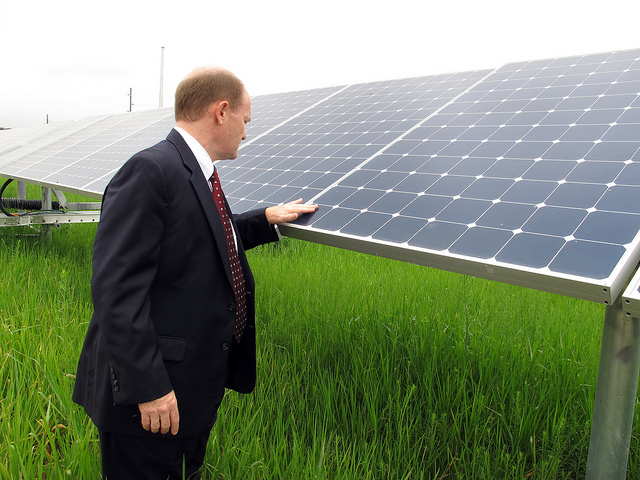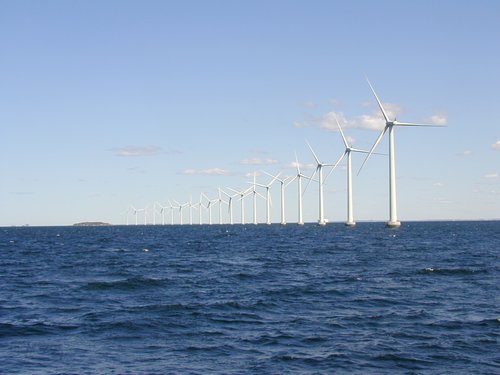Senator Coons leads bipartisan, bicameral letter to President Obama on MLPs, REITs
The sponsors of the Senate and House versions of the Master Limited Partnerships Parity Act will hold a press conference on Wednesday morning to discuss a letter they and more than two-dozen of their colleagues are sending to President Obama this week calling for Master Limited Partnerships and Real Estate Investment Trusts to be a priority in the federal government’s “all of the above” energy strategy.
Their letter is below:
December 12, 2012
The President
The White House
1600 Pennsylvania Avenue, NW
Washington, DC 20500
Dear Mr. President,
Over the past four years, the renewable energy sector has seen major reductions in technology costs, including a 75 percent decline in the price of solar panels and about a 25 percent decline in the price of wind turbines. But even as technology costs have dropped, the cost of capital required to deploy those technologies has remained stubbornly high – inflating overall project costs and presenting a major barrier to wider deployment.
Minor changes to the federal tax code could provide the renewable energy industry access to large pools of low-cost private capital. Already, oil, gas, and coal infrastructure projects raise cheap capital by selling shares of Master Limited Partnerships (MLPs), as do energy transmission projects using Real Estate Investment Trusts (REITs). Wind, solar, and other renewable energy projects cannot use these investment tools and, therefore, suffer from high costs of capital.
Opening MLPs and REITs to renewable energy would level the playing field by giving renewables the same access to low-cost capital enjoyed by oil, gas, coal and transmission infrastructure projects. Small tweaks to the tax code could attract billions of dollars in private sector investment to renewable energy deployment, reduce the cost of renewable electricity by up to one third, and dramatically broaden the base of eligible investors. In fact, bipartisan legislation has already been introduced in both the House and the Senate (H.R. 6437 and S. 3275 respectively) to allow renewable energy projects to raise low-cost capital through the MLP structure. In the case of REITs, a straight forward ruling by the Treasury Department would allow access to this investment vehicle for renewable energy projects.
We strongly support moving America towards energy independence using an “all of the above” energy strategy. Renewable energy can play a critical role in accomplishing that goal. We ask that your administration move to unlock capital markets for broad-scale investment in renewable energy and help move our country towards cleaner, more efficient energy. We stand ready to work with you to accomplish this goal.
Sincerely,
Senator Coons (D-DE)
Senator Moran (R-KS)
Representative Poe (R-TX-2)
Representative Thompson (D-CA-1)
Representative Welch (D-VT)
Representative Carney (D-DE)
Representative McCollum (D-MN-4)
Representative Moran (D-VA-8)
Representative Garamendi (D-CA-10)
Representative Schakowsky (D-IL-9)
Representative Clay (D-MO-1)
Senator Begich (D-AK)
Senator Harkin (D-IA)
Representative Kissell (D-NC-8)
Senator Murkowski (R-AK)
Senator Bennet (D-CO)
Senator Tester (D-MT)
Representative Lujan (D-NM-3)
Senator Brown (R-MA)
Representative Grijalva (D-AZ-07)
Representative Capps (D-CA-23)
Representative Connolly (D-VA-11)
Senator Franken (D-MN)
Representative Matsui (D-CA-5)
Senator Shaheen (D-NH)
Representative Watt (D-NC-12)
Representative Carson (D-IN-7)
Representative McIntyre (D-NC-7)
Representative Carnahan (D-MO-3)




